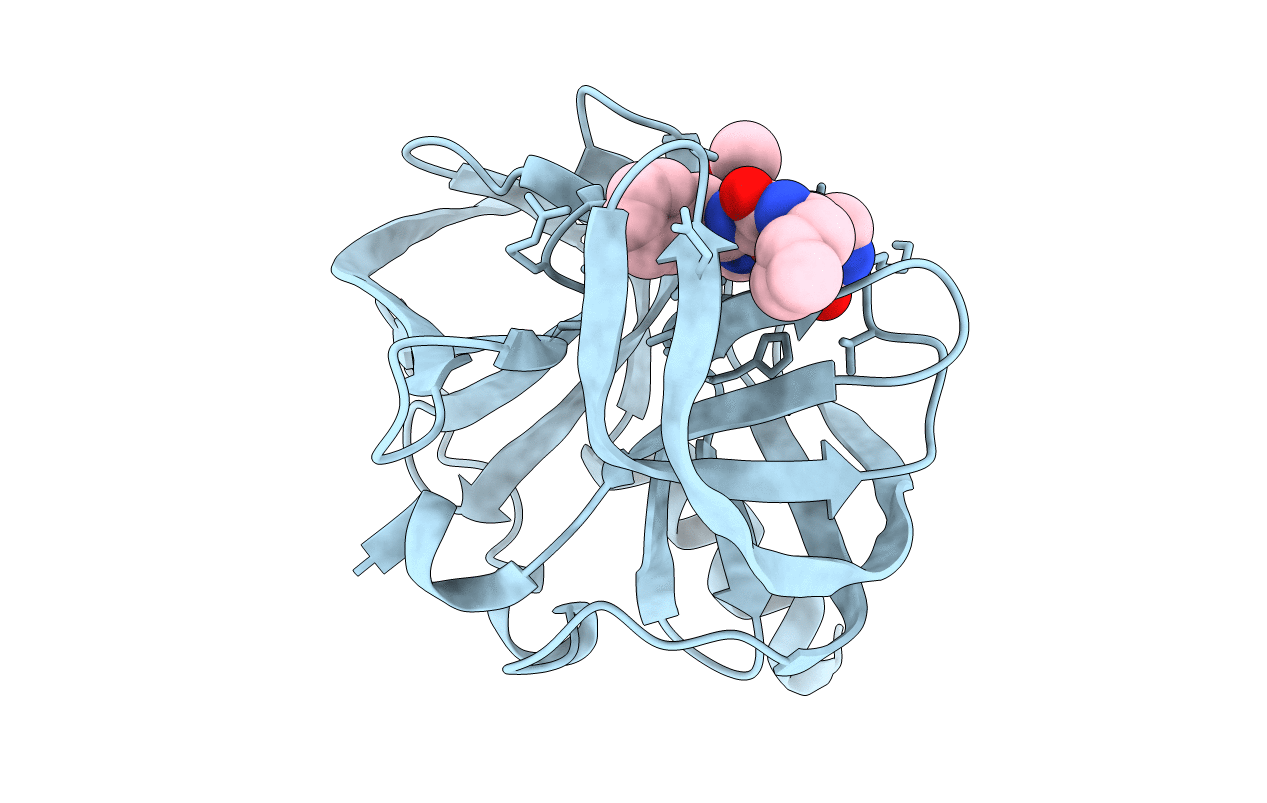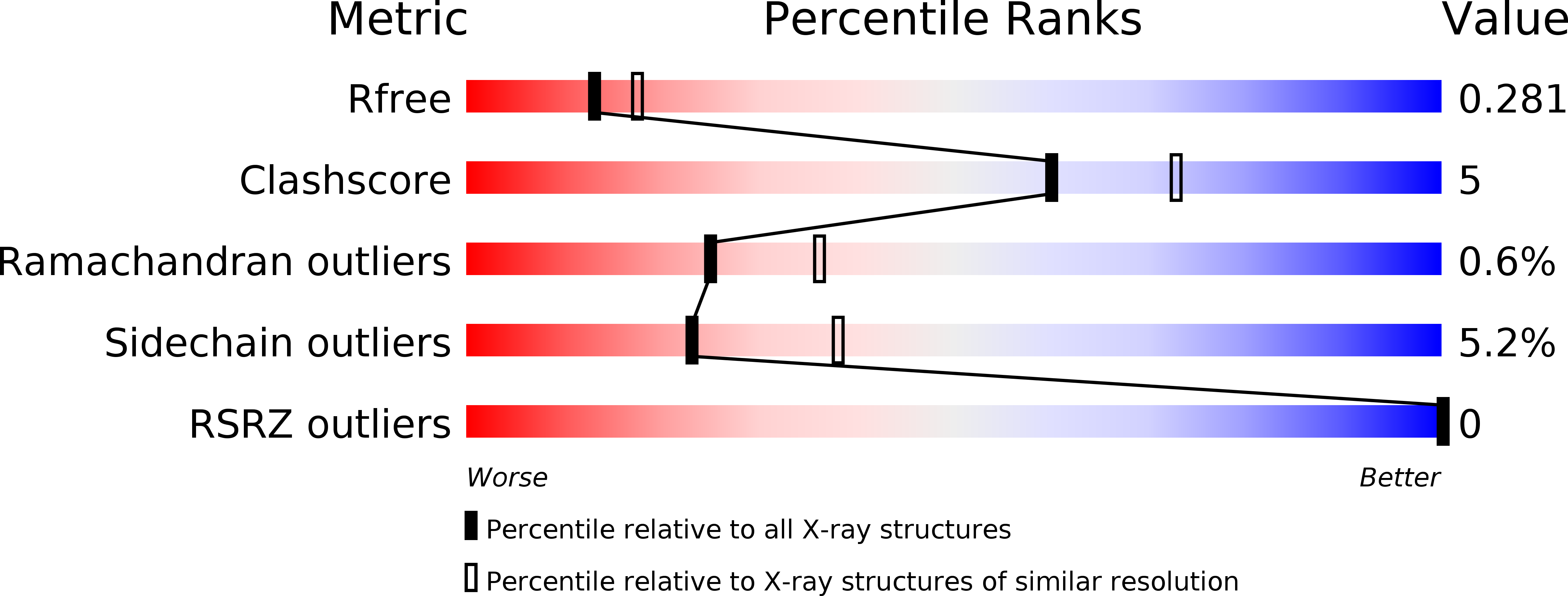
Deposition Date
2015-09-12
Release Date
2016-03-30
Last Version Date
2024-11-06
Entry Detail
PDB ID:
5DP8
Keywords:
Title:
Crystal Structure of EV71 3C Proteinase in complex with compound 8
Biological Source:
Source Organism:
Enterovirus A71 (Taxon ID: 39054)
Host Organism:
Method Details:
Experimental Method:
Resolution:
2.40 Å
R-Value Free:
0.27
R-Value Work:
0.20
R-Value Observed:
0.21
Space Group:
C 2 2 21


